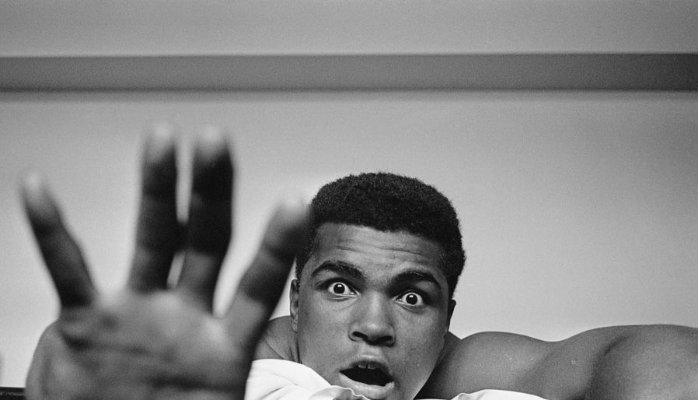Abraham Maslow’s ‘law of the instrument’ says: If all you have is a hammer, everything looks like a nail. As a director, developing your toolkit is an essential part of broadening the value you contribute in the boardroom.
Whether you are an executive or non-executive director, using just a hammer will never quite unlock the value that you could with a toolbox full of resources. All you will do is waste energy and time hammering away at the nail and tackling board challenges from the same myopic perspective.
The Three Hats
There are three governing relationships or hats in any business: Shareholder, director and manager. The shareholder hat is essentially a selfish role — maximising growth and the value of the investment made and resultant returns.
“The director hat carries with it the immense and selfless responsibility of acting in the best interests of the company and caring for the growth and sustainability of this juristic person called ‘the company’. Directors should act with the same care as parents would towards their child.”
The manager hat is an employed position and is responsible for bringing to life the strategies and decisions of the board.
For many shareholder-managers, who wear all three hats, the manager hat is the ‘hammer’ and the one that is most deeply entrenched. In any crisis, it is frequently the hat that is used to address the challenge or seize the opportunity.
Unless tempered by a director hat worn well and at the right time, the manager hat will always be the default position. As a director, you must develop the capacity to understand the three hats and the expertise of wearing the right hat in the right way at the right time.
Matured Engagement
While we often speak of commercial acumen as being the most critical attribute of a high-performance director, we should never overlook self-awareness and relationship skills. The ability to relate and engage with each other as a board — as a united team — sits at the heart of a high-performance board that is focused on sustainable company growth.
Directors should be committed to developing and demonstrating emotional intelligence and maturity in their decision-making.
Quality decisions in the boardroom arise out of an ability to step beyond the emotions and personal attachments of the discussion and to always act in the best interests of the company. Anything less represents a conflict of interests and should exclude you from the decision anyway.
Have an emotionally intelligent progressive discussion with your board
It is all too easy to react in the moment and to take fellow directors’ feedback personally or out of context. All boards should have some level of conflict that, if addressed and transformed into creative tension, propels the board and the company forward. The outcome depends entirely on the level of emotional intelligence sitting around the table.
“When we assess directors for appointments onto private company boards, this quality of maturity, emotional intelligence and self-awareness is a key focus area. Expertise can be trained and developed over time.”
The ability to engage powerfully with fellow directors can also be developed over time given considerable commitment, yet companies seldom have the time to wait for that to happen organically.
Be critical of your performance as a director
As a director, reflect upon your performance in the boardroom and how you relate to your fellow directors. As we always say, be exceptionally critical of your performance as a director.
Challenge yourself to invest the time and energy in growing as a director who relates powerfully to other people, sees deeply into hidden issues and uses communication to engage others and maximise the positive impact of decisions made as a collective.
Source: Entrepreneur Magazine








